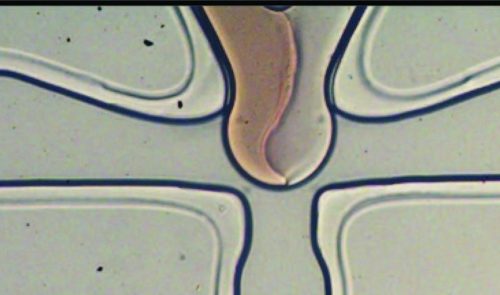
Cambridge researchers have combined their expertise in the history of art, visual literacy and how works of art were made to throw new light on medieval and early Renaissance art.
It had previously been thought, for example, that illuminated manuscripts were a ‘fringe’ art form, produced by monks with little connection to the Renaissance panels and frescoes created by professional artists. This research challenged these misconceptions and showed how materials and expertise were widely shared across different art forms.
This work has also led to an increased public understanding of medieval and Renaissance cultures, and stimulated the creativity of large numbers of children, young people and adults. Through exhibitions and public engagement programmes, the team’s discoveries have been shared with more than 130,000 visitors to the Fitzwilliam Museum.
The researchers also developed training programmes, displays and digital resources for teachers to help them develop their knowledge, skills and confidence in teaching art and design, and in working with museum collections. Through the Inspire network of 40 schools, 3,800 primary school pupils engaged with art history, science, materials, artistic processes and techniques, and created their own art.
“[The COLOUR exhibition] blows apart cliches about illuminated books and the medieval world that created them.”
– The Guardian


